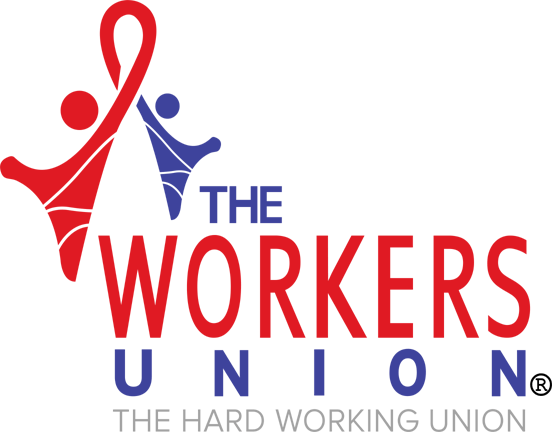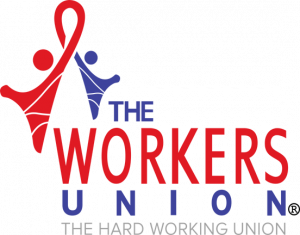Managing Conflict in the Workplace
Conflict at work is any disagreement or friction that disrupts how people collaborate. It can range from differences of opinion and communication breakdowns to disputes over workload, performance, or behaviour. Left unchecked, conflict can affect wellbeing, productivity, and team morale. Addressing it early protects you and supports a healthier workplace for everyone.
Conflict at work examples
- Misunderstandings caused by unclear instructions or mixed messages
- Disputes about workloads, priorities, or deadlines
- Clashes over standards of quality or ways of working
- Perceptions of unfair treatment, exclusion, or favouritism
- Personality or cultural differences leading to friction
- Tension between colleagues or teams competing for resources
Common causes of conflict
- Ambiguous roles or responsibilities
- Limited resources or tight timelines
- Poor feedback processes or inconsistent management
- Change without adequate consultation
- Different communication styles or expectations

Managing conflict: a fair and practical approach
Follow these steps to manage conflict in the workplace in a way that is fair, proportionate, and solution‑focused.
- Pause and prepare
- Note the specific issue, when it occurs, and how it affects your work
- Gather neutral facts (emails, timeline, job description, policy references)
- Consider the outcome you want, not just what went wrong
- Choose the right moment and channel
- Aim for a calm, private discussion—avoid raising issues in front of others
- If face‑to‑face is difficult, suggest a structured meeting or video call
- Keep your tone professional and focused on solutions
- Use clear, respectful language
- Focus on behaviour and impact rather than personal attributes
- Use “I” statements: “I’m concerned about…” rather than “You always…”
- Ask open questions to understand the other person’s perspective
- Look for shared interests and options
- Identify what both sides need (clarity, predictability, support)
- Brainstorm practical options: adjust timelines, clarify roles, set check‑ins, agree communication rules
- Document agreements and next steps
- Summarise what was discussed and what will happen next
- Agree who will do what, and by when
- Set a review date to check progress
- Escalate appropriately if needed
- If the issue persists, request a facilitated discussion with your line manager or HR
- Refer to relevant workplace policies (grievance, bullying and harassment, performance)
- Keep accurate records of meetings, outcomes, and correspondence
How to manage conflict in a team
- Set team norms: response times, meeting etiquette, and decision‑making processes
- Clarify roles and interfaces between people and departments
- Use short, regular check‑ins to surface issues early
- Encourage constructive feedback and recognise positive behaviour
- Rotate responsibilities where feasible to share pressure points
Conflict resolution strategies
- Early, informal conversation: Often the quickest way to resolve conflict
- Facilitated meeting: A neutral manager or HR professional helps structure the discussion
- Mediation: A trained neutral party helps both sides reach an agreed solution
- Training: Communication, feedback, or leadership training to improve future interactions
- Review of processes: Adjust workflows or responsibilities that repeatedly cause friction
Your rights and responsibilities
- You have the right to work in an environment that protects your health and safety, including mental wellbeing
- You should follow workplace policies and raise issues in good faith
- Employers should take reasonable steps to manage risks, handle complaints fairly, and keep accurate records
When to ask for help
Seek support if:
- You feel unsafe or believe the situation is escalating
- You have tried to resolve the issue but it persists
- The matter involves alleged bullying, discrimination, or serious misconduct
Contact The Workers Union
If you are facing conflict at work and need practical guidance, we are here to help. The Workers Union supports UK workers with clear support and pragmatic solutions. Contact us for a confidential discussion and next steps tailored to your situation.
- Request a call back using our contact form on your dashboard
- Share a brief timeline of events and any relevant documents
- We will outline your options and the best route to resolution
We put UK workers first—every time.
FAQs
Act early. Identify the issue, arrange a calm discussion, agree a specific next step, and record the outcome. If progress stalls, ask for a facilitated meeting.
Request a structured meeting with a witness or HR present, follow policy, and keep written notes. Focus on the issue and desired outcomes.
Dates, times, what was said or done, the impact on your work, and any agreed actions. Keep emails and meeting notes.



